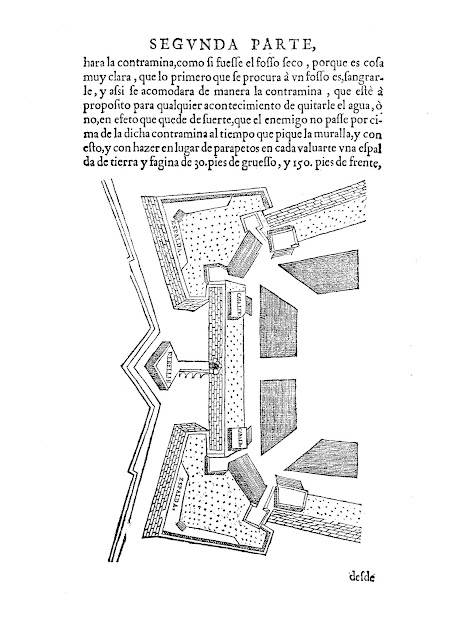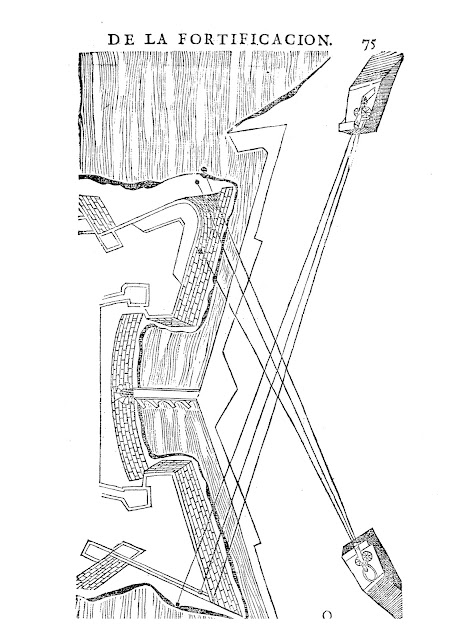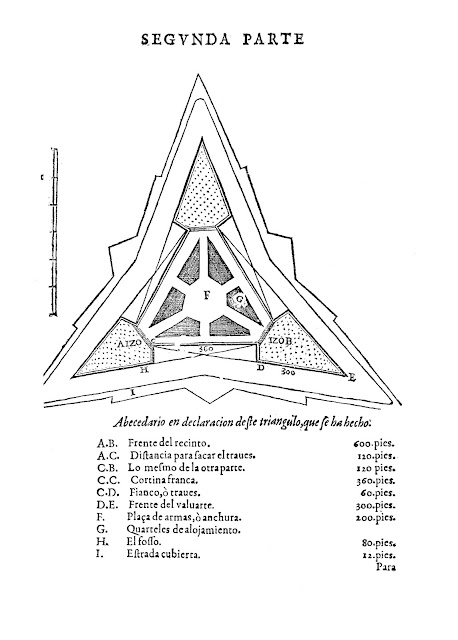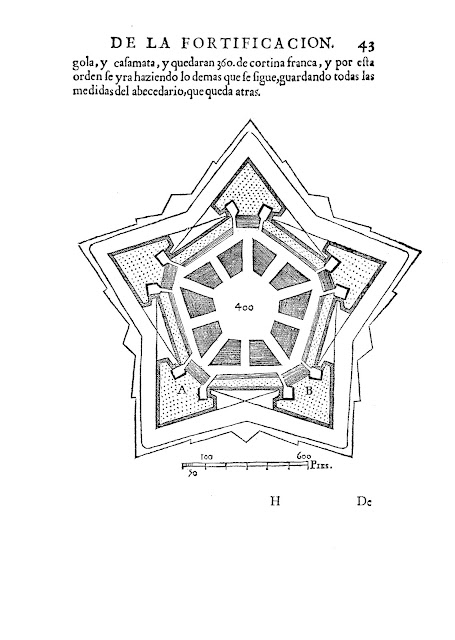
Showing posts with label Architecture. Show all posts
Showing posts with label Architecture. Show all posts
Saturday, October 15, 2011
"Theory and Practice of Fortifications" by Captain Cristobal de Rojas, 16th Century

Sunday, September 25, 2011
Quattro Libri dell'Architettura (The Four Books of Architecture, 16th Century)
This is probably the most ambitious treatise on Architecture ever published. Was composed by Andrea Palladio (1508-1580) in the Republic of Venetia and served as a reference for Architects all over Europe and America even nowadays. Palladio influence became fashionable all over Europe, for example in parts of the famous Loire Valley of France, Britain, Italy, Spain, and later to the new America, especially for Southern States cotton farms. In his Italian Journey, Johann von Goethe describes Palladio as a genius, commending his unfinished Convent of S. Maria della Carita as the most perfect existing work of architecture. Another Palladio admirer was the architect Richard Boyle also known as Lord Burlington, who, with William Kent, designed Cheswick House. The US Capitol building is an example of slightly evolved version of Palladio's works –a replica of this building exists also in Havana, Cuba-. Thomas Jefferson loved this style of architecture and considered also Andrea Palladio as a genius.
Andrea Palladio complete bio is available on the Wikipedia (very detailed), link is here. As a briefing, two remarkable facts: 1) He was strongly influenced by Roman and Greek Architecture (primarily by Vitruvius) and 2) He was incredibly prolific: see the Wikipedia reference list for all Villas, Palaces (Palazzos), Domes, Churches, Theaters and even bridges (pontes)…
First Book has basics regarding choice of materials, rules of proportion, etc. Second Book has a compilation of projects with a specific description, third Book has specific guidelines for public buildings and infrastructures and fourth Book has a collection of ancient Roman temples, which has been used as a reconstruction of the archaeological remains and ruins of the immortal Rome.
Subscribe to:
Posts (Atom)









